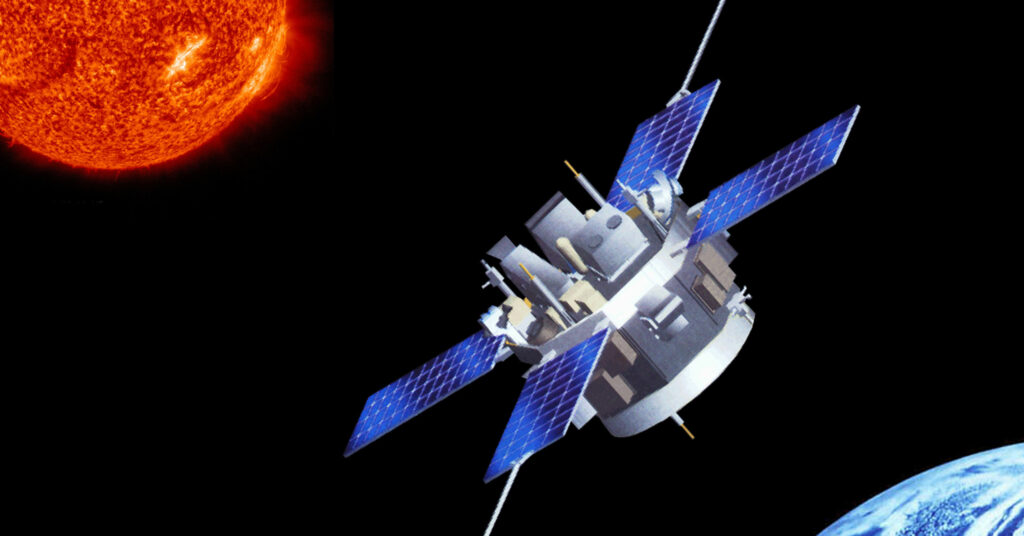Engineers at West Virginia University are helping to solve one of the greatest limitations of space exploration—sending and receiving information between a spacecraft and the ground station— thanks to a $750,000 award from NASA’s highly competitive Established Program to Stimulate Competitive Research program.
Once a spacecraft leaves Earth’s orbit and travels further into deep space, transferring data becomes more challenging, assistant professor Piyush Mehta explained.

When a rover transmits photos of the Martian landscape back to scientists on Earth, it’s actually sending data. Those data rely on radio waves, a form of light, to travel the 241 million miles between Mars and our planet.
“It’s a long way for the information to travel and the signal gets weaker because of several reasons, the most important being the distance of the spacecraft away from the Earth,” Mehta, the principal investigator, said. “To filter out the noise from the incoming signal, the data rate needs to be reduced and collected by a large antenna like NASA’s Deep Space Network. For most missions, the scientific value and return is limited by the amount of data that can be collected and sent back.”
And that information is more than just images from space — anything from measurements taken by a satellite as it passes through a planet’s atmosphere to recordings of sounds and noises are sent via signals back to Earth.
“These spacecrafts also have a limited budget for storage of data, much like a hard drive,” Mehta, of the Statler College of Engineering and Mineral Resources, said. “For example, you don’t want to be collecting too much data too fast for it to be able to transfer down to Earth. Alternatively, you want enough memory on board to store all of that data before you can transfer it down.”
According to Mehta, one solution for data transfer is to take the collected data and compress it to reduce its size, much in the same way a large file size is reduced on a personal computer before sending it off in an email; the recipient “unzips,” or decompresses the file to open it.
“Data compression has been used on NASA missions since the early space age,” Mehta said. “However, with continuously improving sensor technology, the demands placed on deep space communication systems are continuously increasing. The challenge now is improving the algorithms to enhance the performance of this compression without losing the most useful and important information.”
Improving the algorithms won’t be as simple as zipping a file for an email, though, Mehta and collaborator Nasser Nasrabadi, professor in the Lane Deparment of Computer Science and Electrical Engineering, will work in partnership with NASA Goddard and NASA IV&V to develop, test, validate, and deploy on simulated spacecraft systems the improved AI-based algorithms using datasets from various space missions.
Mehta explained that you can think of the algorithm like a black box, where the data goes in one side, the compressed data goes out the other, and the algorithm sits in between.
“Obviously a lot goes behind the algorithm, but the idea is to optimize the compression of the data such that maximum information content is retained, while minimizing the size of the data that needs to travel or be transferred,” Mehta said.
The technology has many potential applications, including the promise to sustain Earth and solar observations, continued exploration of our solar systems and investigations of the cosmos and improving space weather forecasting.
“I’m mostly stoked because if we are successful in achieving the goals of the project, we could be looking at the majority of NASA space missions carrying our technology and that makes me extremely excited,” Mehta said.
From WVU Today
